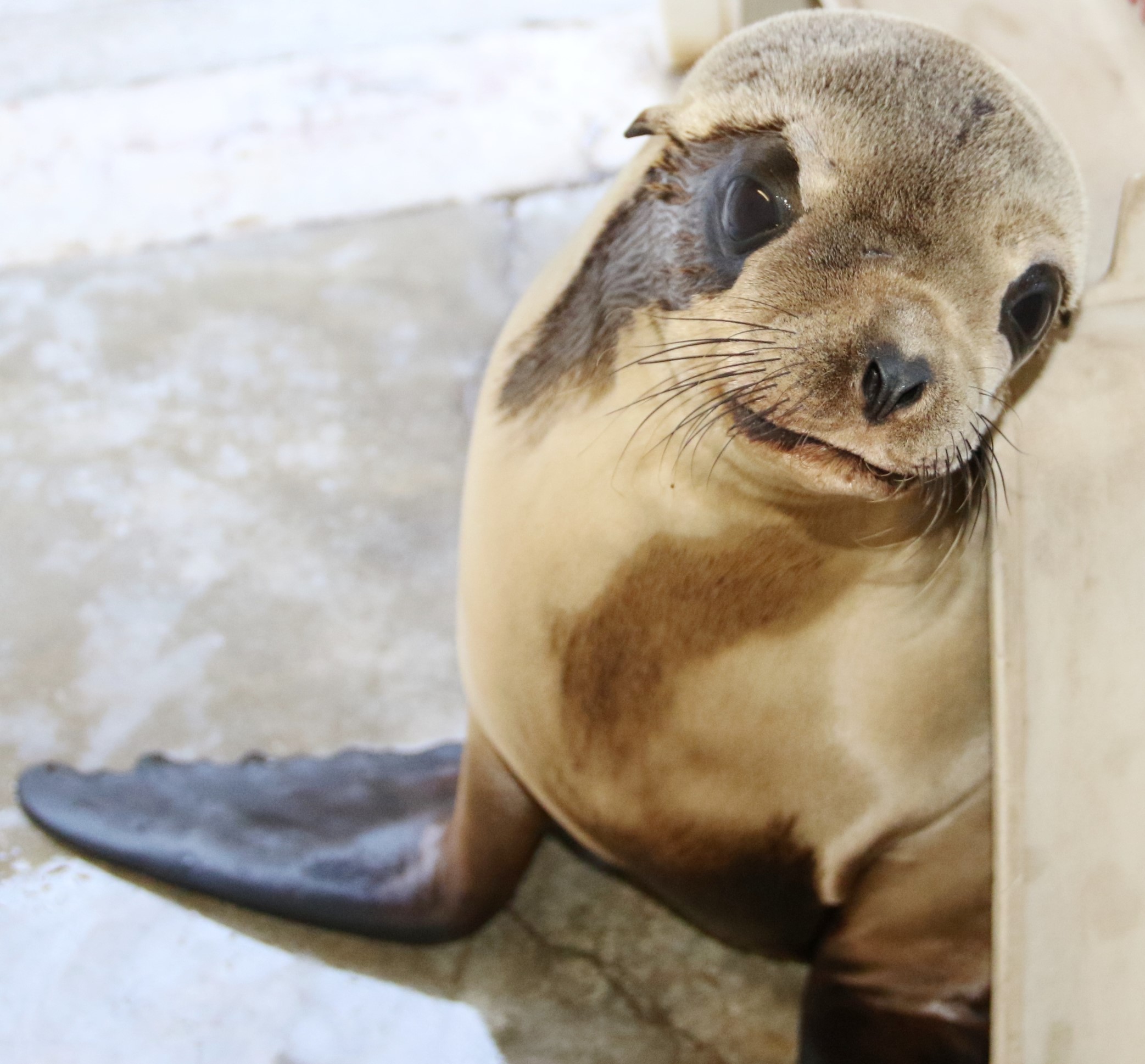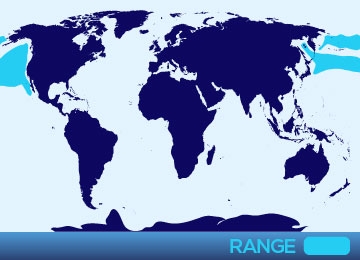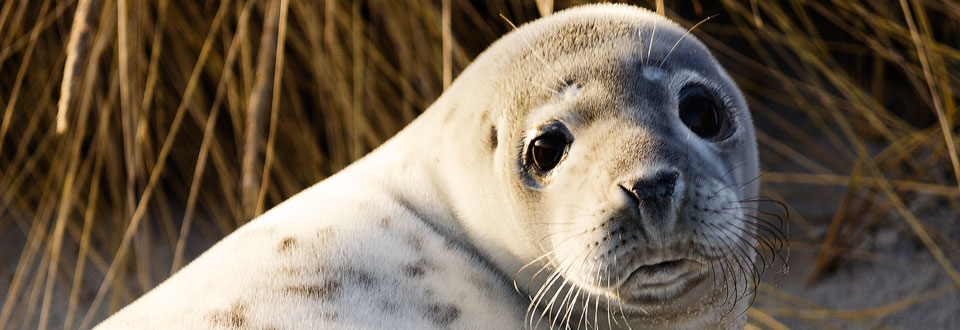
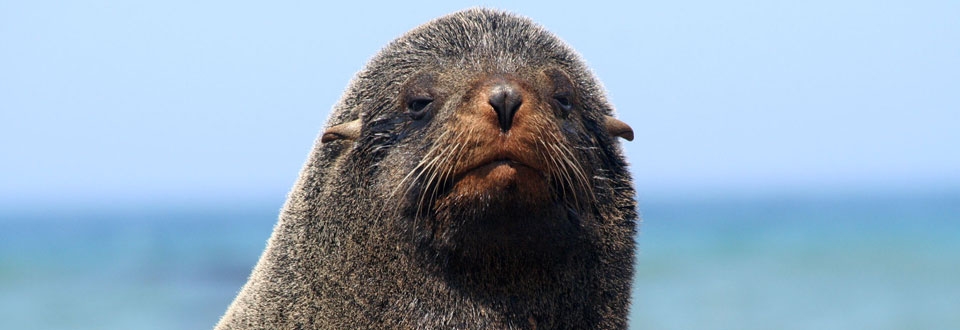
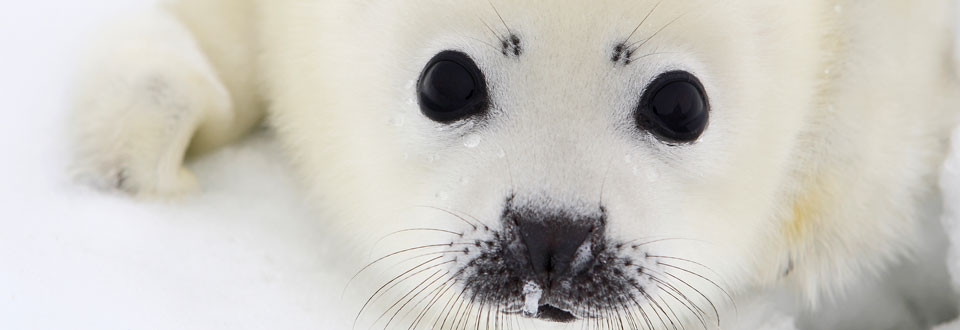
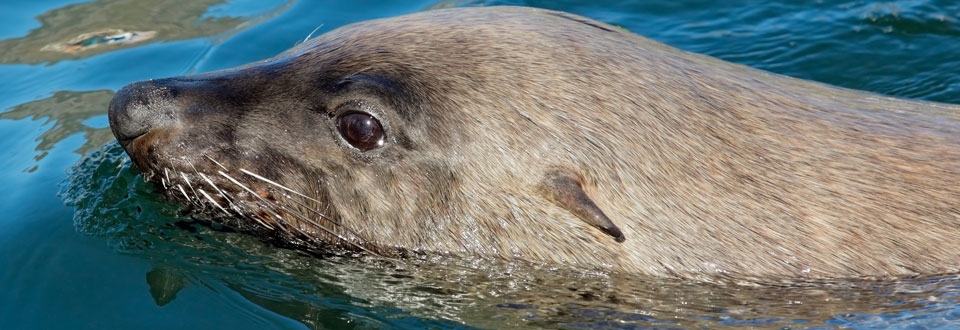
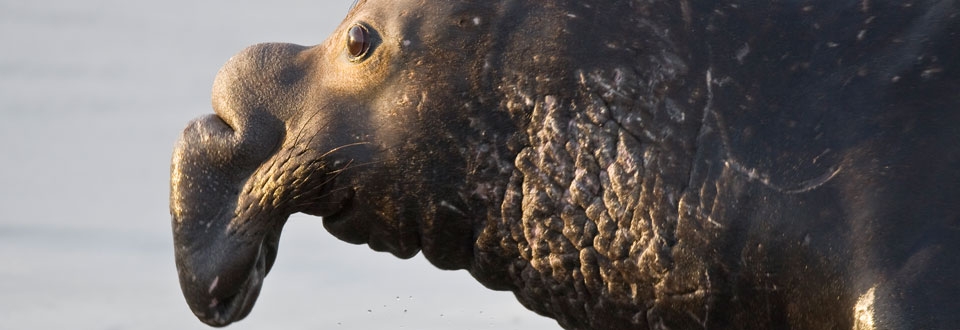
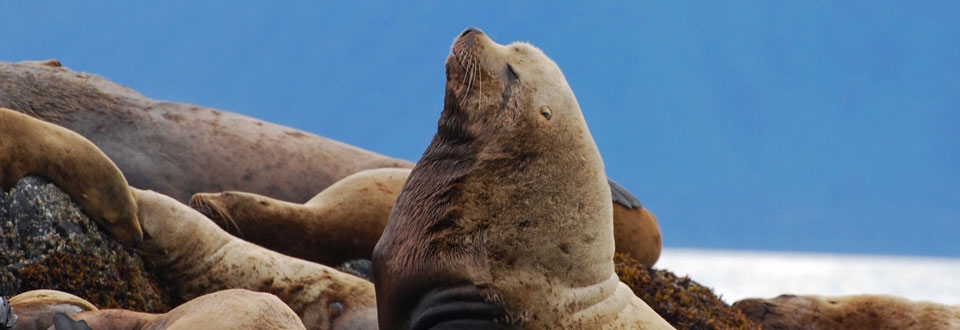
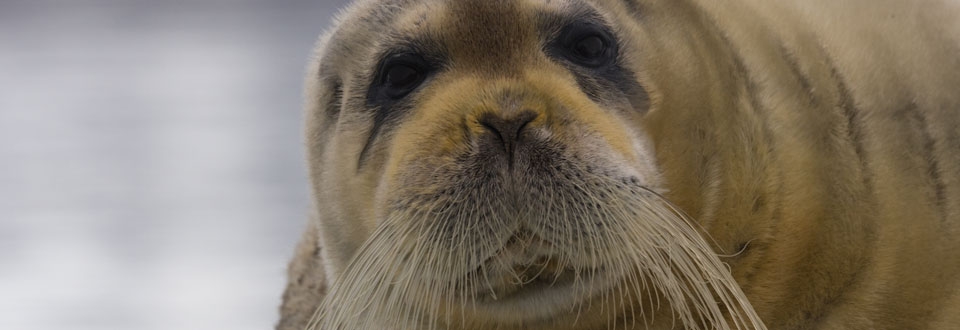
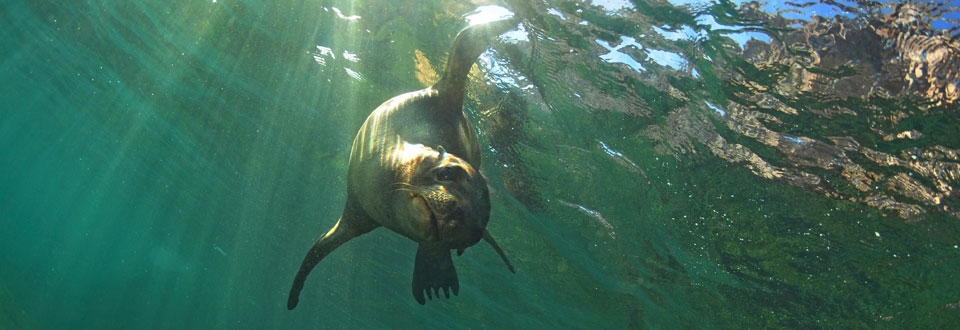
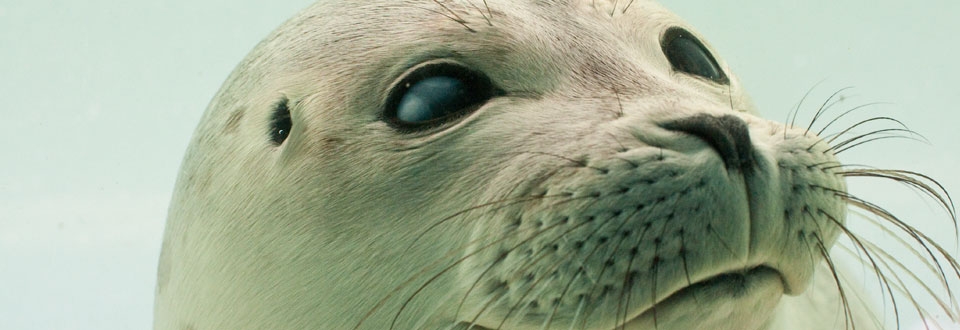
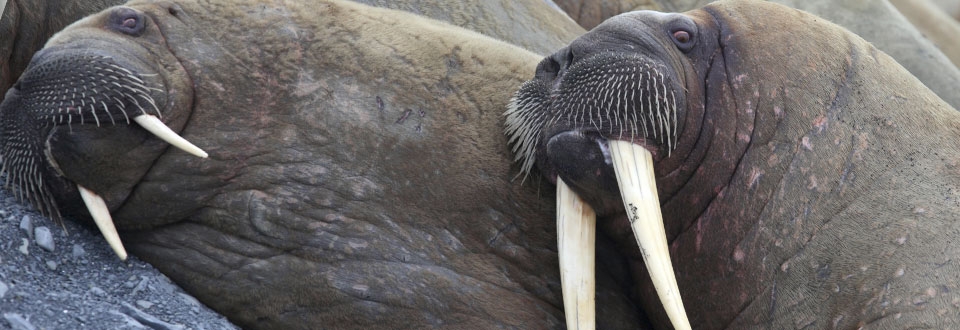
Pinniped Species
All
x
- – No known individuals remaining.
- – Known only to survive in captivity, or as a naturalized population outside its historic range.
- – Extremely high risk of extinction in the wild.
- – High risk of extinction in the wild.
- – High risk of endangerment in the wild.
- – Likely to become endangered in the near future.
- – Lowest risk. Does not qualify for a higher risk category. Widespread and abundant taxa are included in this category.
- – Not enough data to make an assessment of its risk of extinction.
- – Has not yet been evaluated against the criteria.
Northern Fur Seal
- – No known individuals remaining.
- – Known only to survive in captivity, or as a naturalized population outside its historic range.
- – Extremely high risk of extinction in the wild.
- – High risk of extinction in the wild.
- – High risk of endangerment in the wild.
- – Likely to become endangered in the near future.
- – Lowest risk. Does not qualify for a higher risk category. Widespread and abundant taxa are included in this category.
- – Not enough data to make an assessment of its risk of extinction.
- – Has not yet been evaluated against the criteria.
Males – 7 ft
Females – 5 ft
Males – 600lbs
Females – 130lbs
Northern fur seals breed at six locations in the North Pacific and Bering Sea. Three of these locations are in the United States and the other three are in Russia.
In the winter, the southern boundary of the northern fur seal range extends across the Pacific Ocean, between southern California and the Okhotsk Sea and Honshu Island, Japan. In the spring, most fur seals migrate north to breeding colonies in the Bering Sea. Male northern fur seals leave the breeding colony in September, and spend most of their time in the Bering Sea and North Pacific Ocean along the Aleutian Islands. Females return to sea by late October, and generally travel to either the central North Pacific or south along the California coast to feed. Some fur seals may spend all year around San Miguel Island.
The northern fur seal has a stocky body, small head, and a very short snout. Their flippers are the longest in the Orariidae family; their hind flippers can measure up to one-fourth of their total body length. Northern fur seals have very dense coats that end at the wrist line of their flippers. Pups are uniformly black until they molt when they are around 3 months old. Adult males are dark brown to black, and adult females are dark gray or brown on their backs and light gray, silver, or cream on their throat, chest, and stomach.
Northern fur seals feed on small schooling fish, such as walleye Pollock, herring, hake, anchovy, and squid.
Northern fur seals primarily use two types of habitat: the open ocean for foraging and rocky beaches for reproduction. Adult fur seals spend more than 300 days per year (about 80% of their time) foraging at sea. In the open ocean, concentrations of fur seals may occur around major oceanographic features such as seamounts, canyons, valleys, and along the continental shelf break because of the availability of prey in those places. The North Pacific Transition Zone is an important productive region. Breeding seals tend to haul-out on rocky beaches, but colonies can use broad sandy beaches as well.
In May, males establish territories early in the breeding season. Females arrive around mid-June to early July and give birth to one pup. During the breeding season, females will divide their time between feeding at sea, where they forage for fish and squid, and nursing their young on shore. While females are at sea, pups play and sleep in groups with other pups. While maintaining territories on breeding beaches, adult males will not forage. Upon returning, mothers identify their pups through vocalizations and scent.
Once hunted in large numbers for their luxurious pelts, northern fur seals are now protected under the Marine Mammal Protection Act as a depleted species. This means that it is illegal to kill them except for research or native subsistence. The current world population is estimated at 1.1 million, but is declining. Commercial fishing operations may be contributing to the decline by decreasing availability of fish and entanglement in fishing gear. Also, fur seals are especially sensitive to changes in their environment, as seen in the record numbers of sick or starving fur seals rescued at The Marine Mammal Center during El Niño years.
Predators, changes in the availability of prey, bycatch in fishing gear, habitat change, entanglement in marine debris, disturbance from vessels and humans, climate change, and environmental pollutants.
Northern fur seals can spend extremely long periods of time in the open ocean. Before returning to the breeding colonies, many pups will remain at sea for up to 22 months.




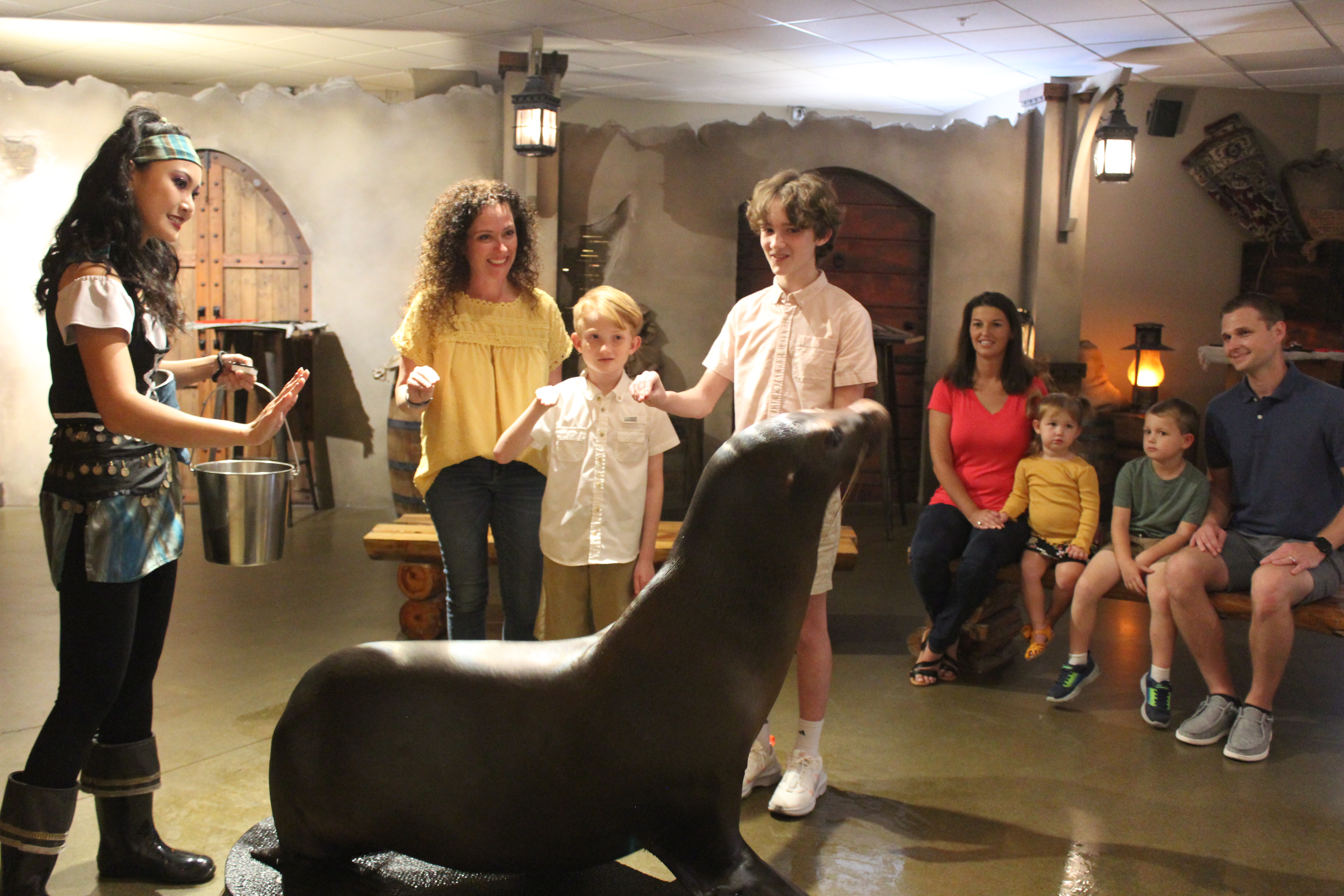 Animal Encounter
Animal Encounter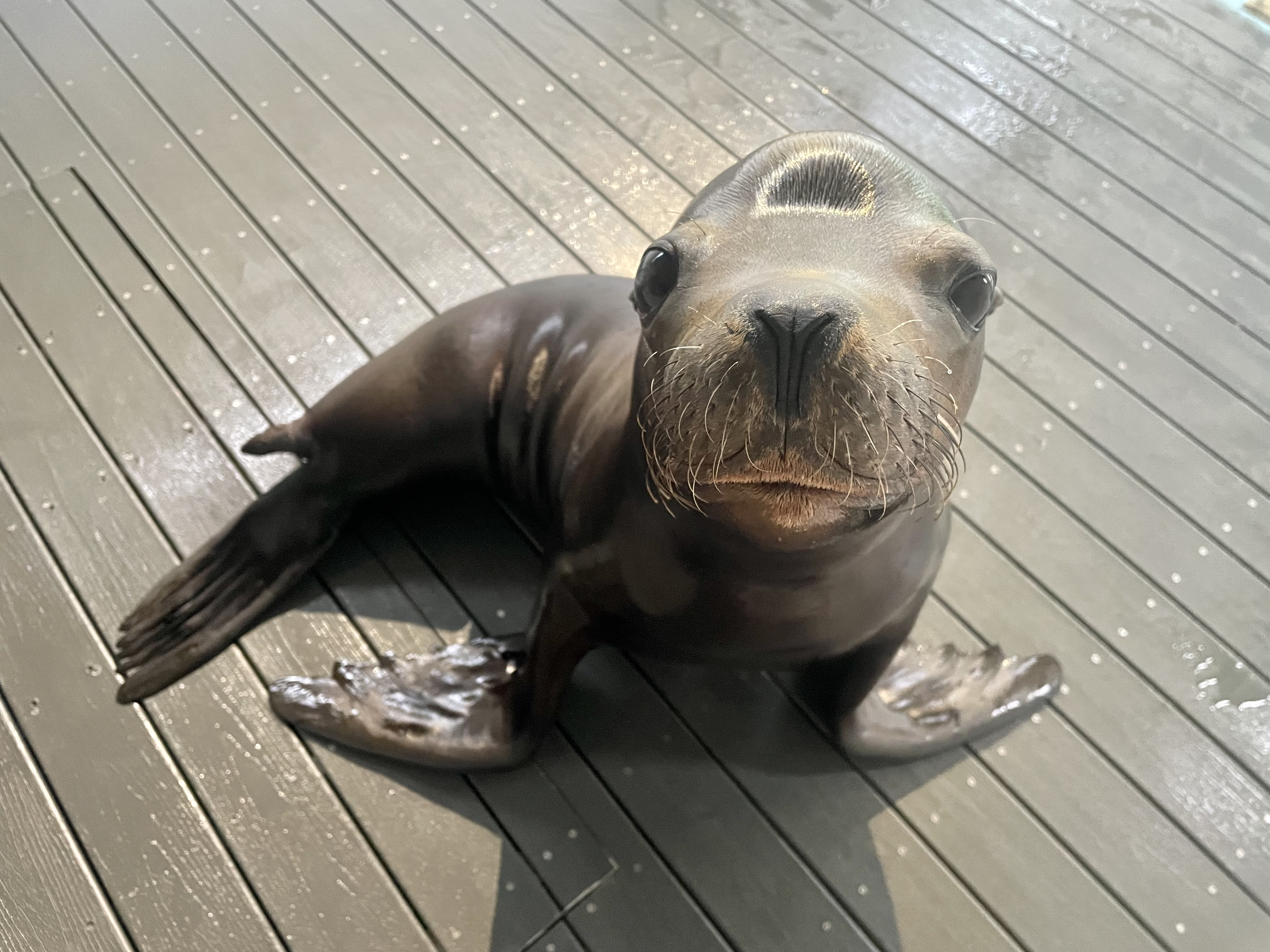 Our Locations
Our Locations
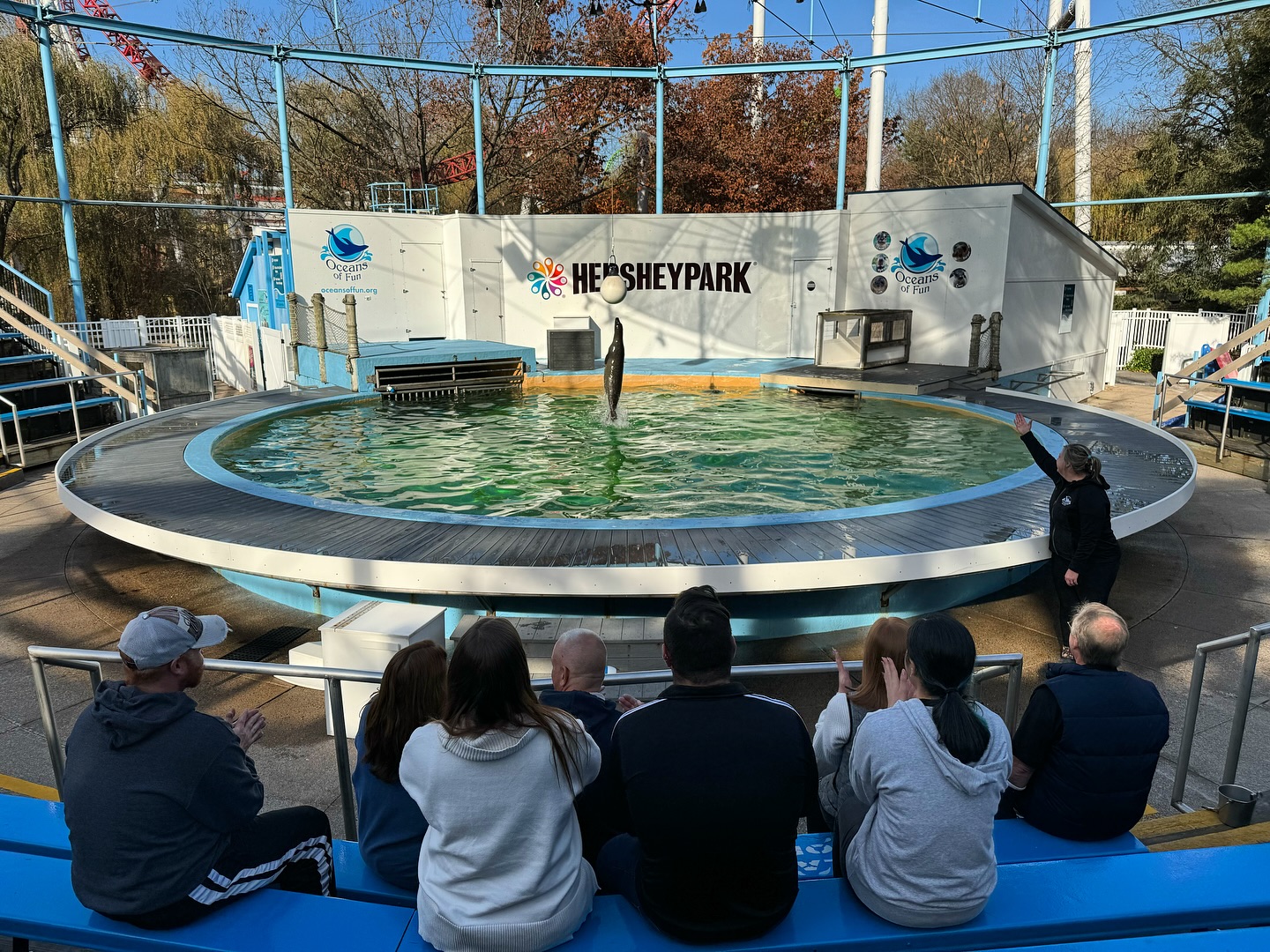 Family Fun
Family Fun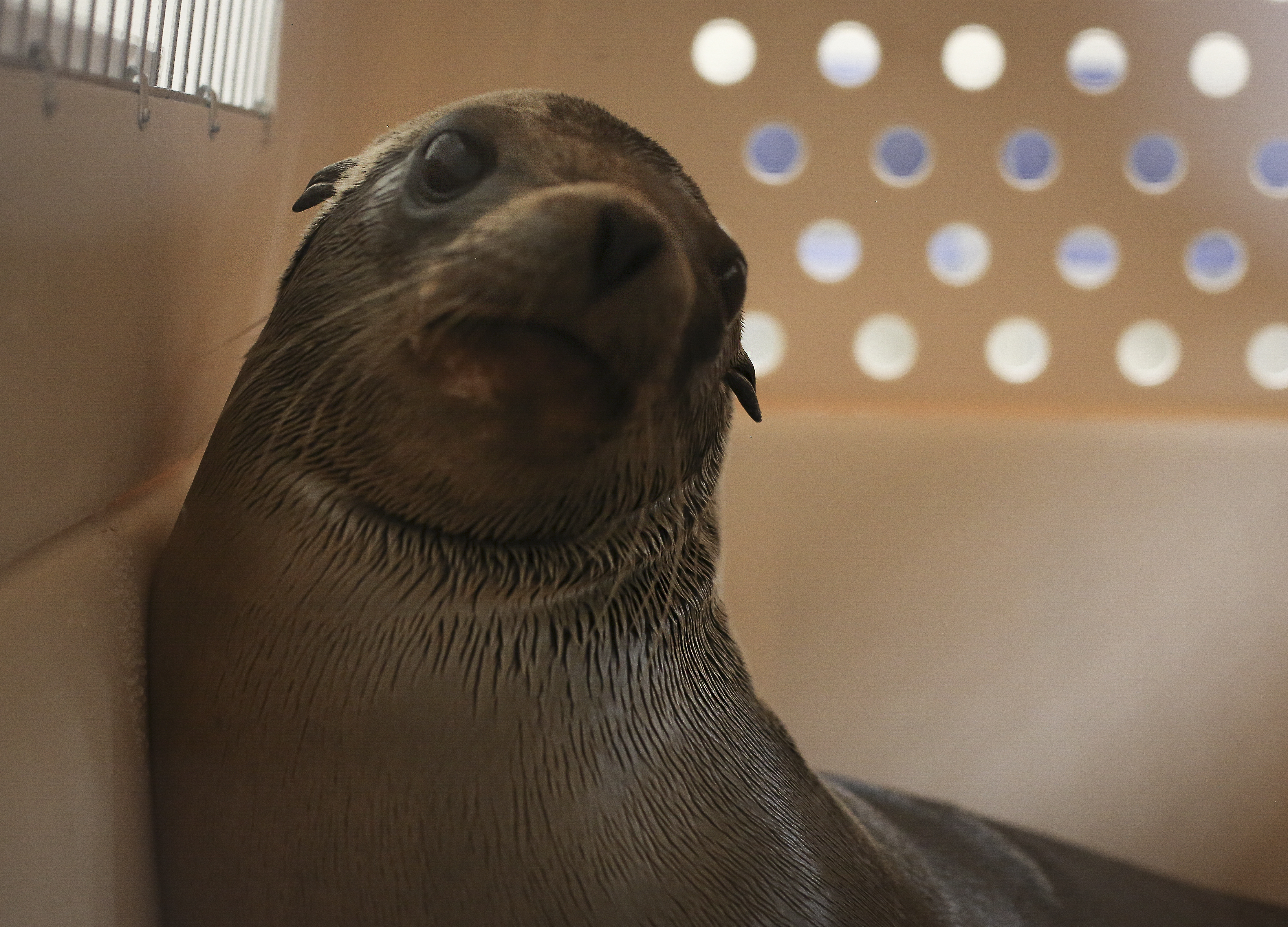
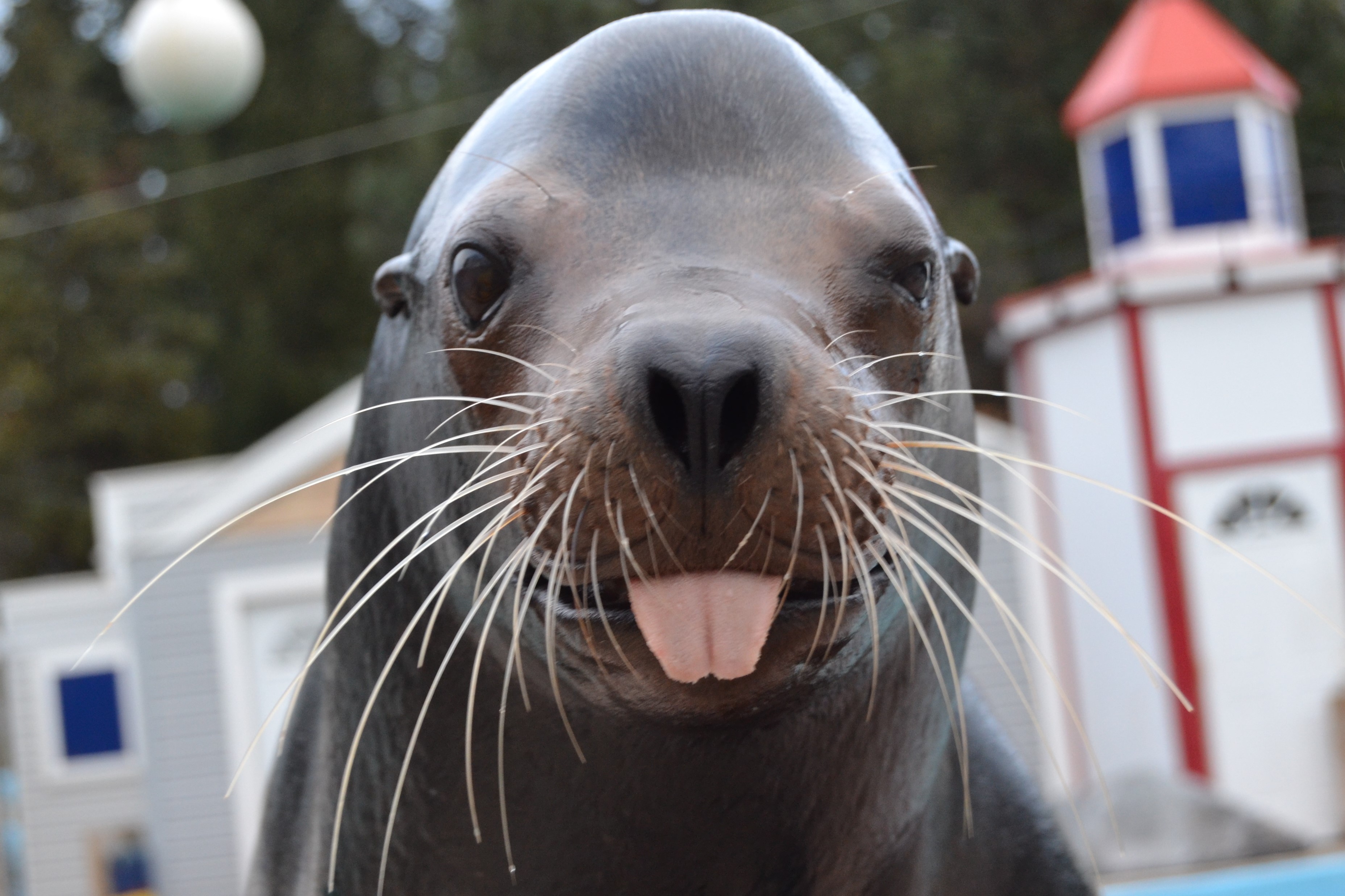
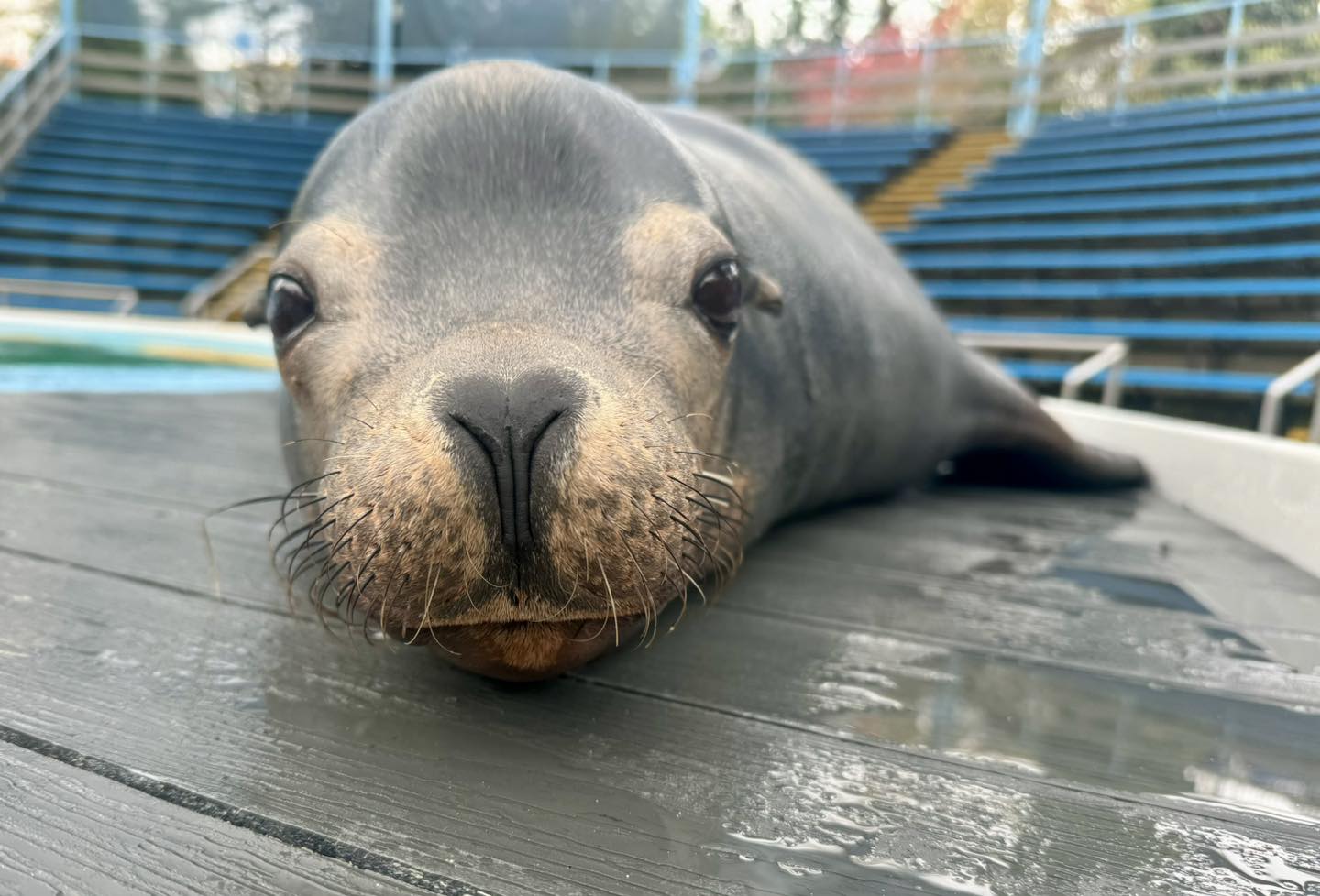 Meet Ripley!
Meet Ripley!

